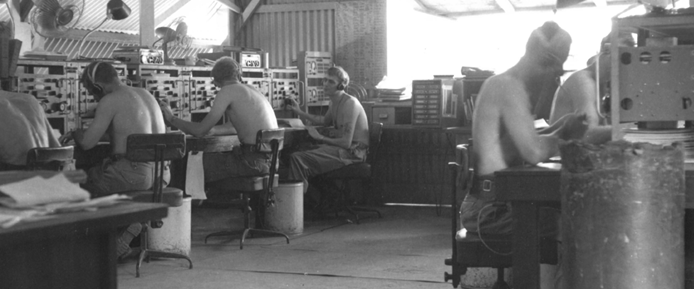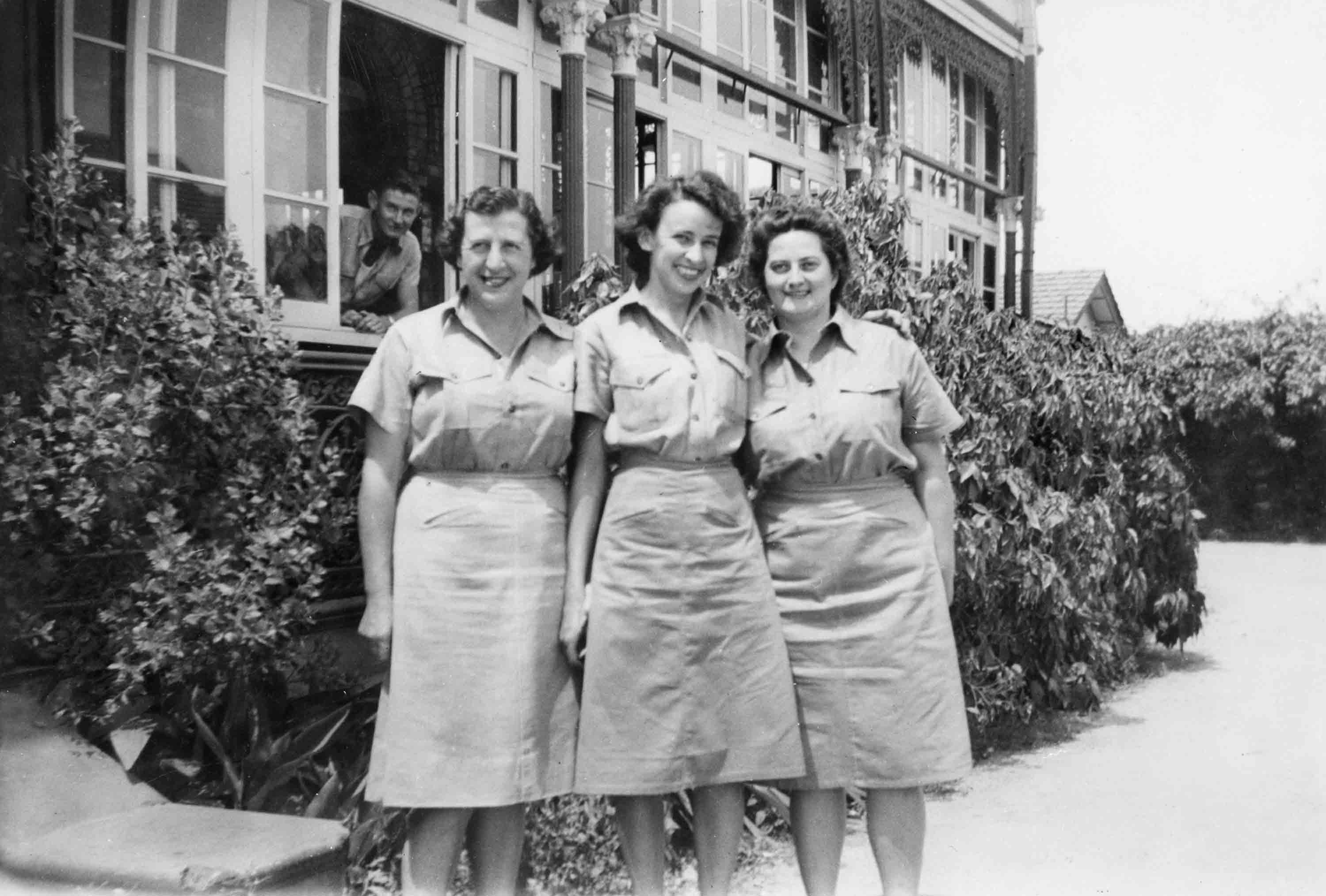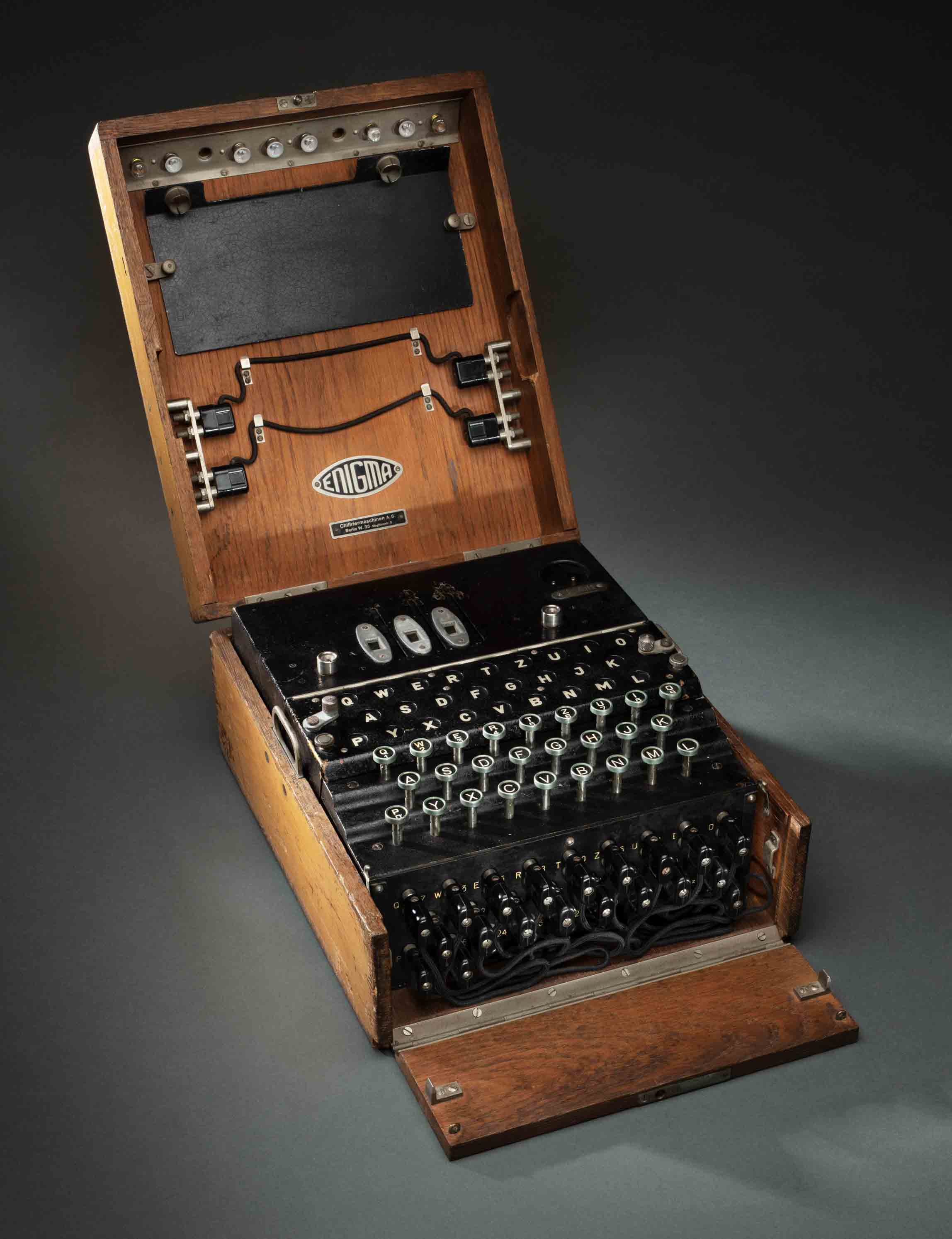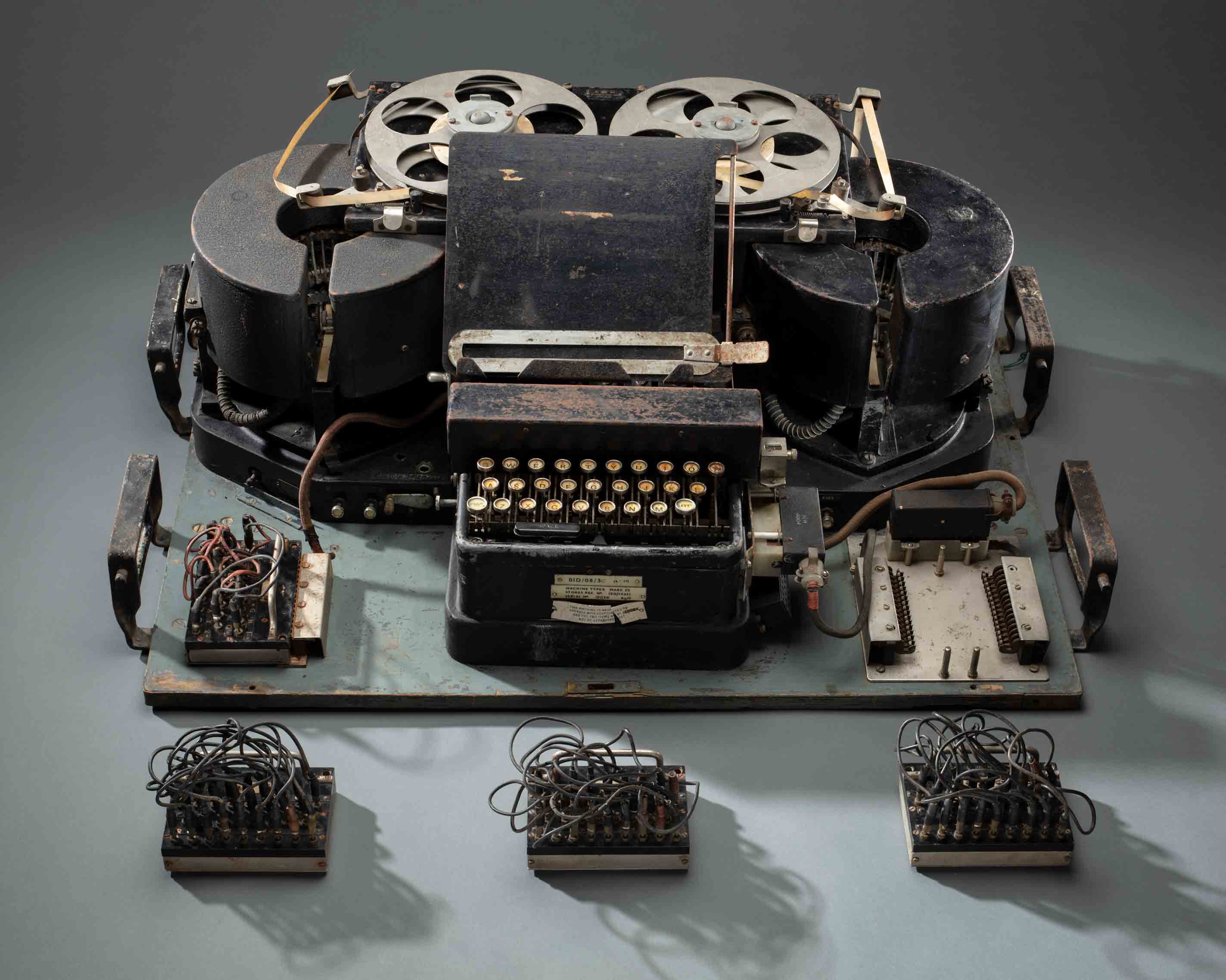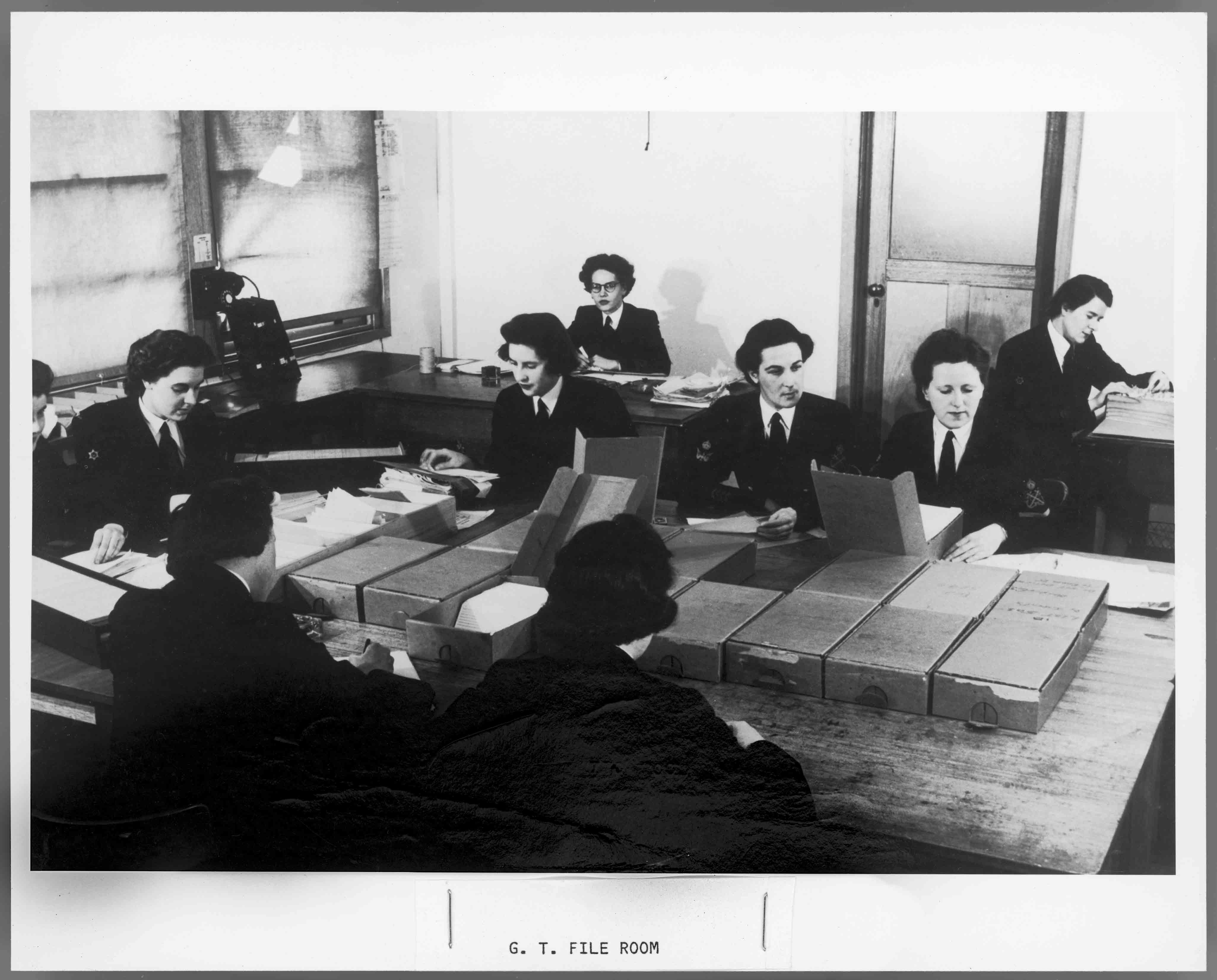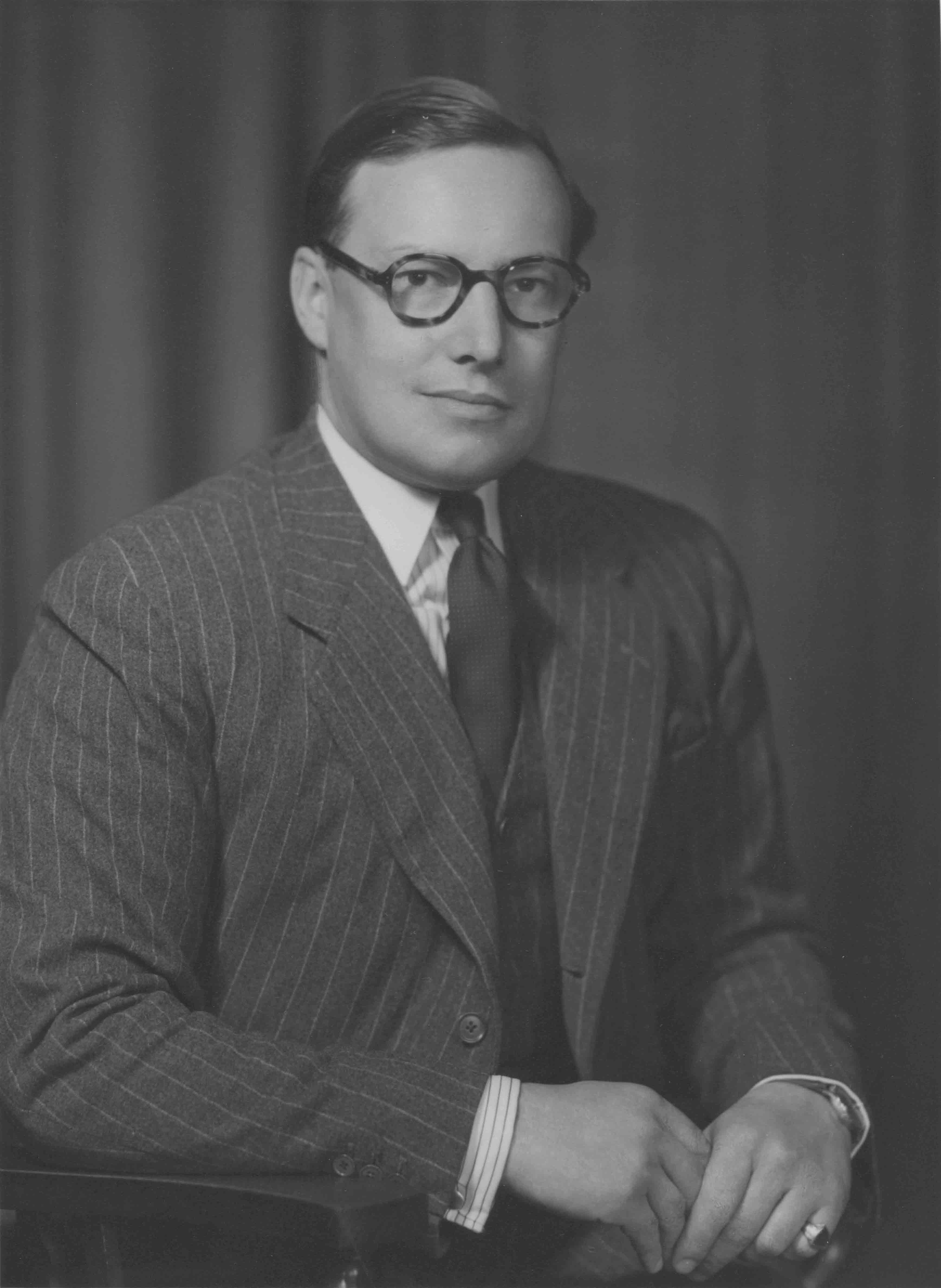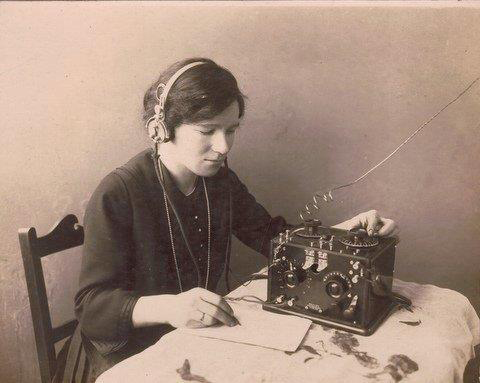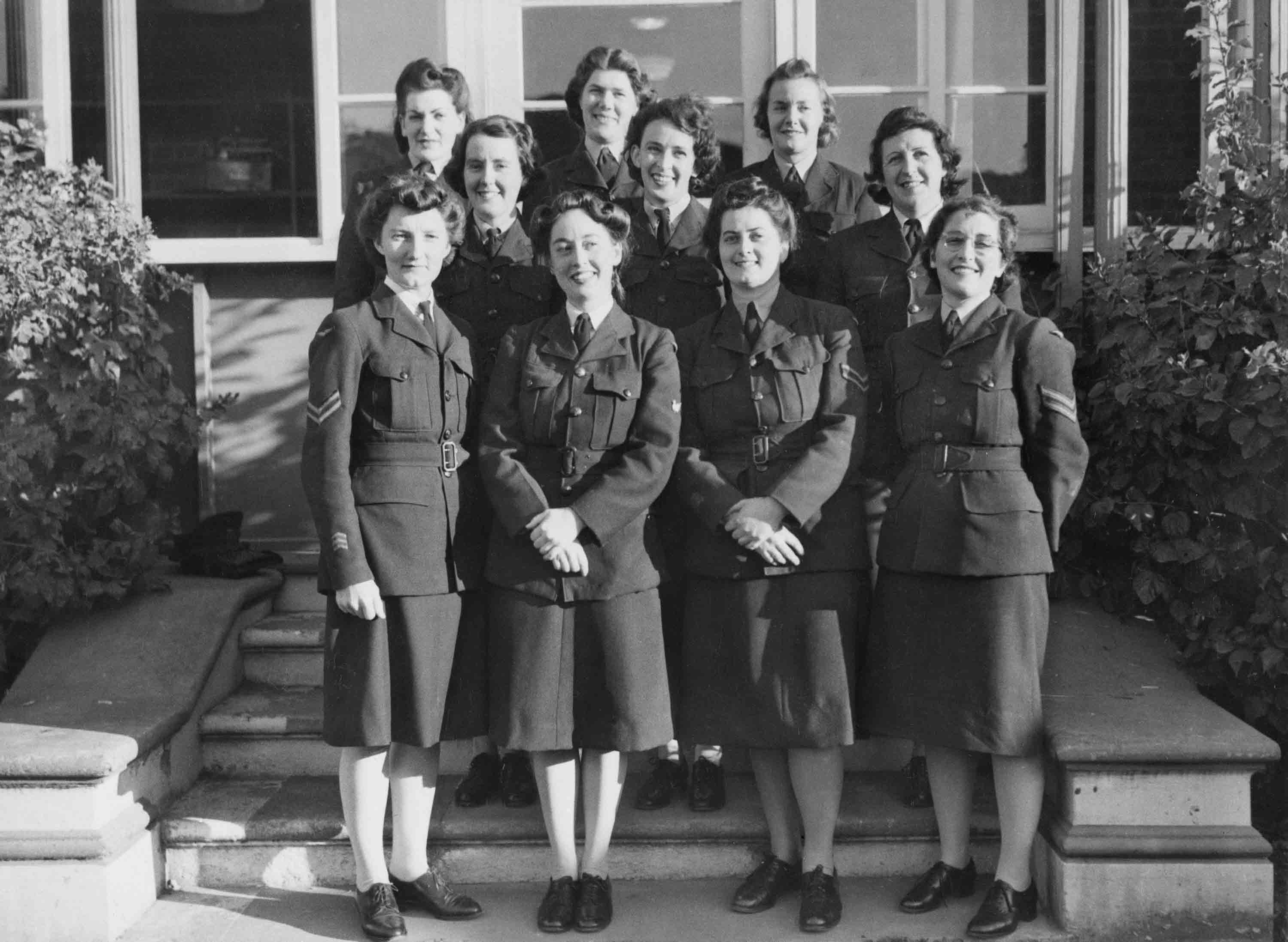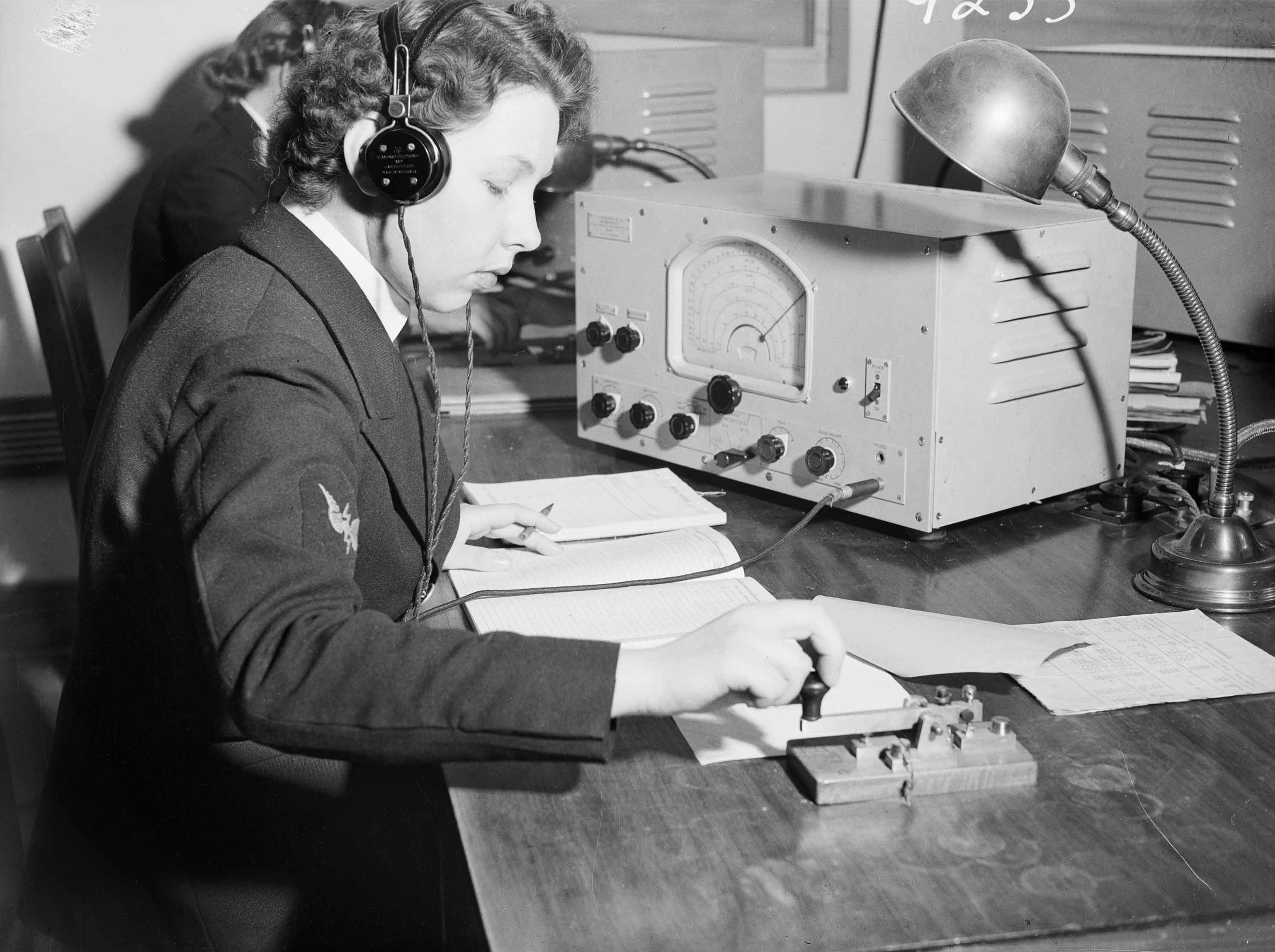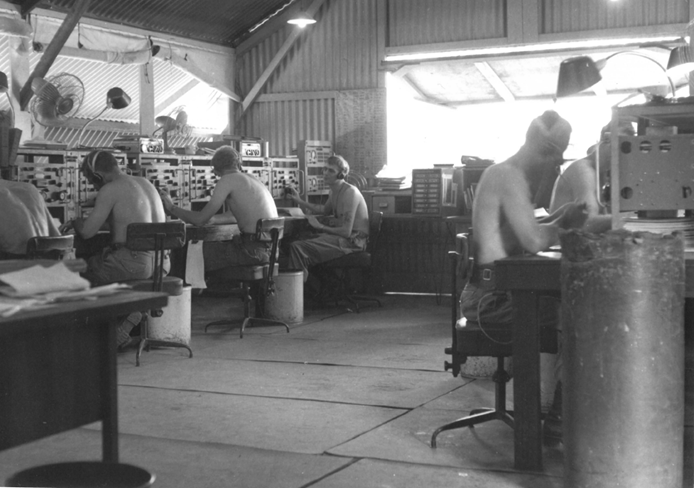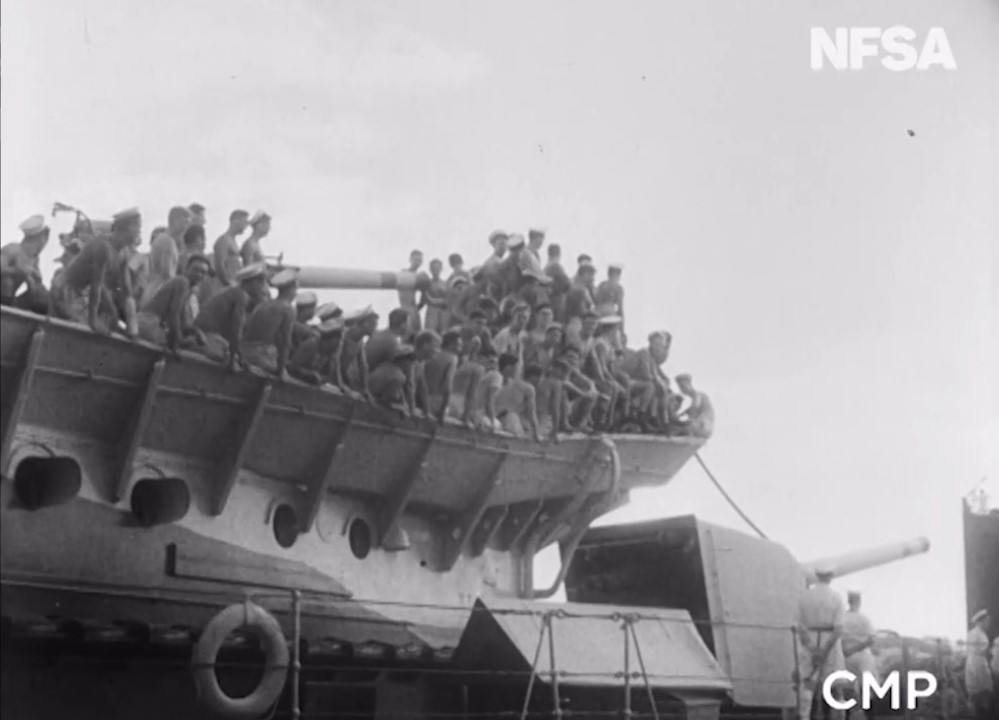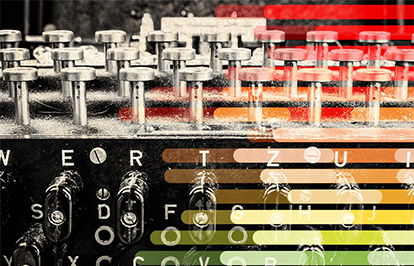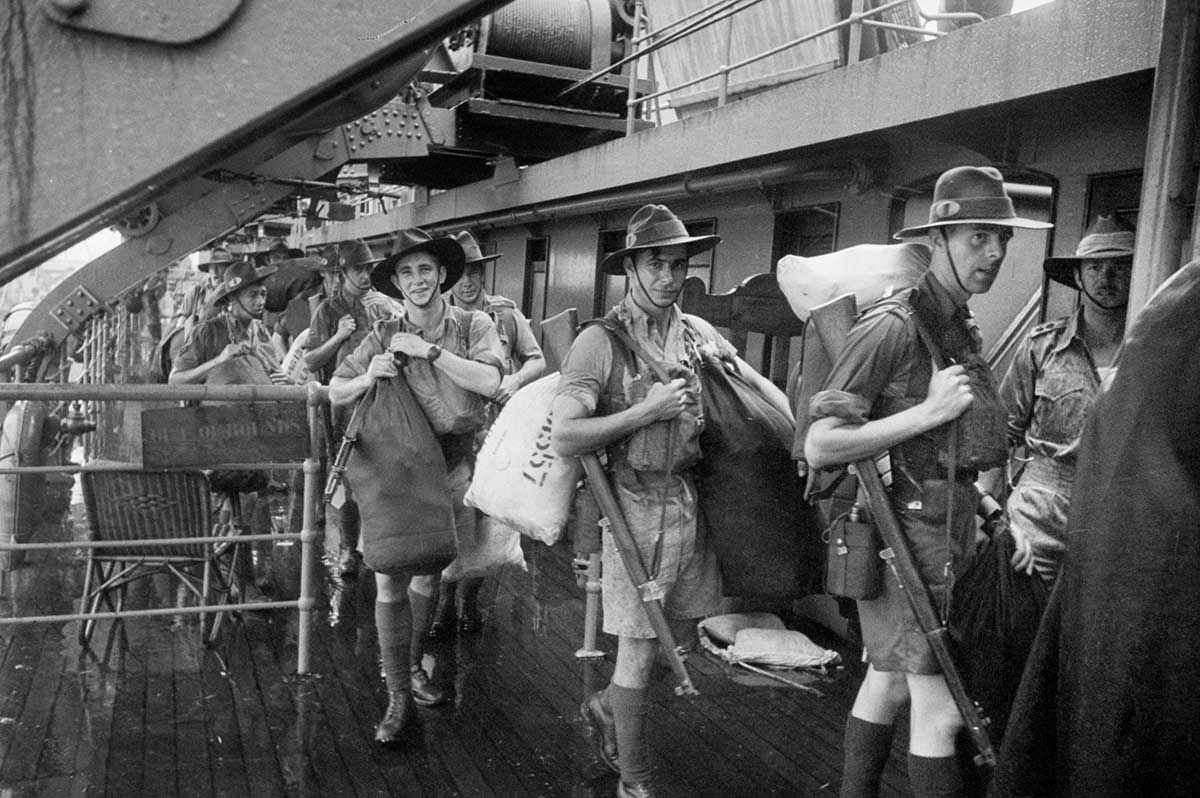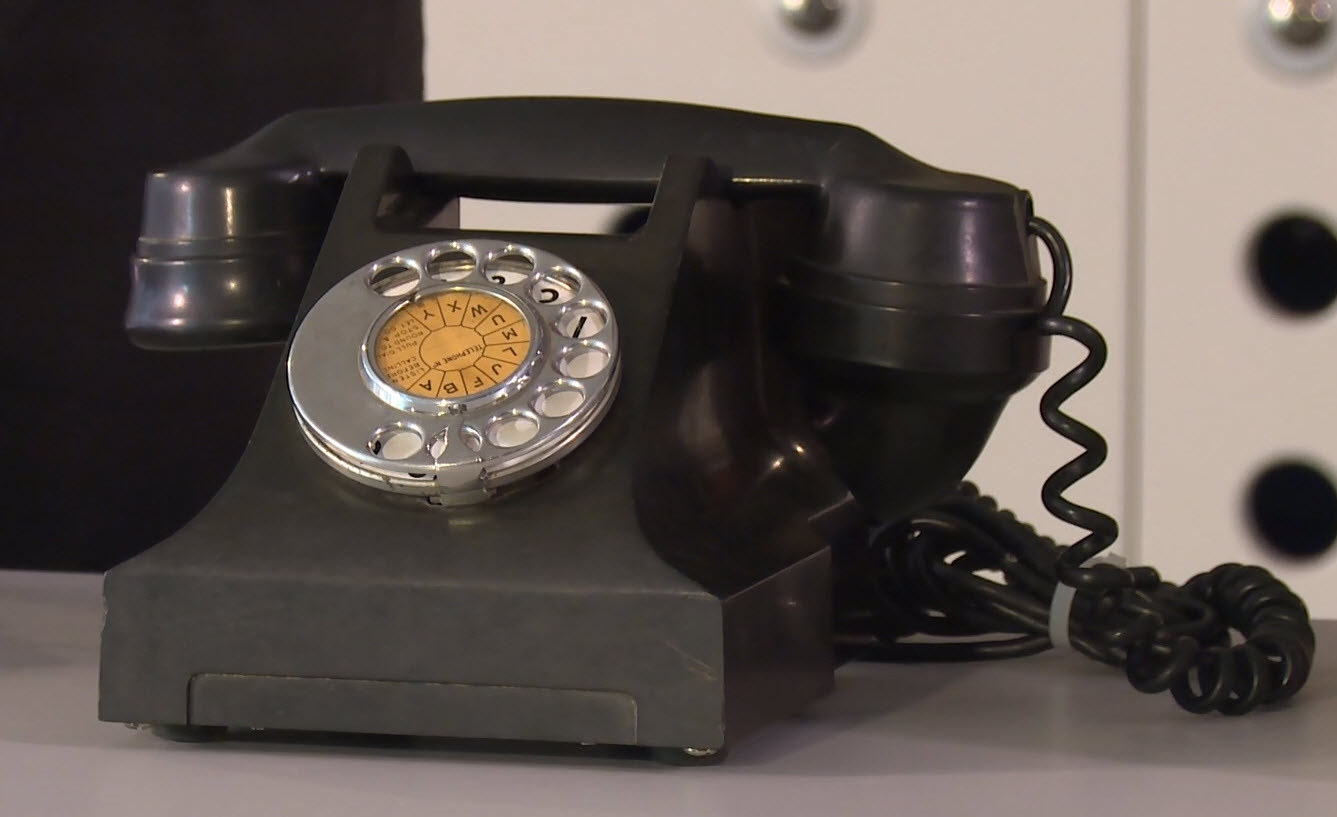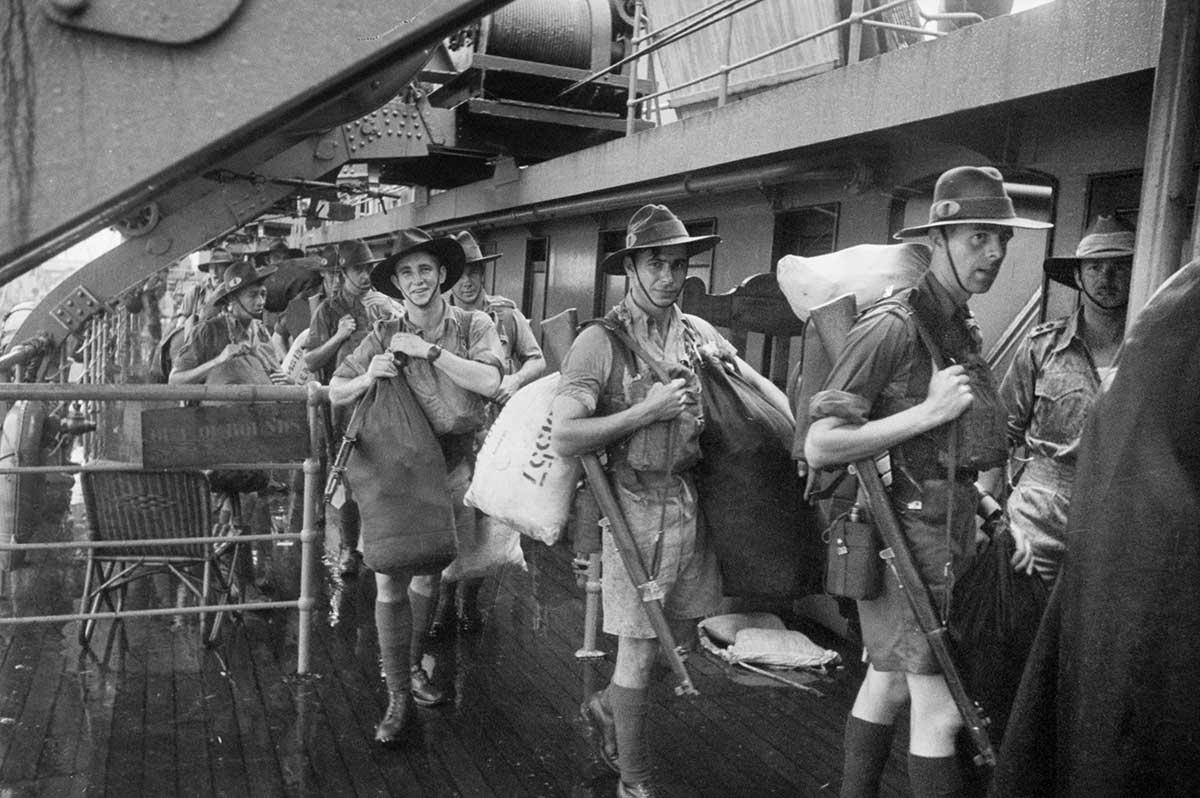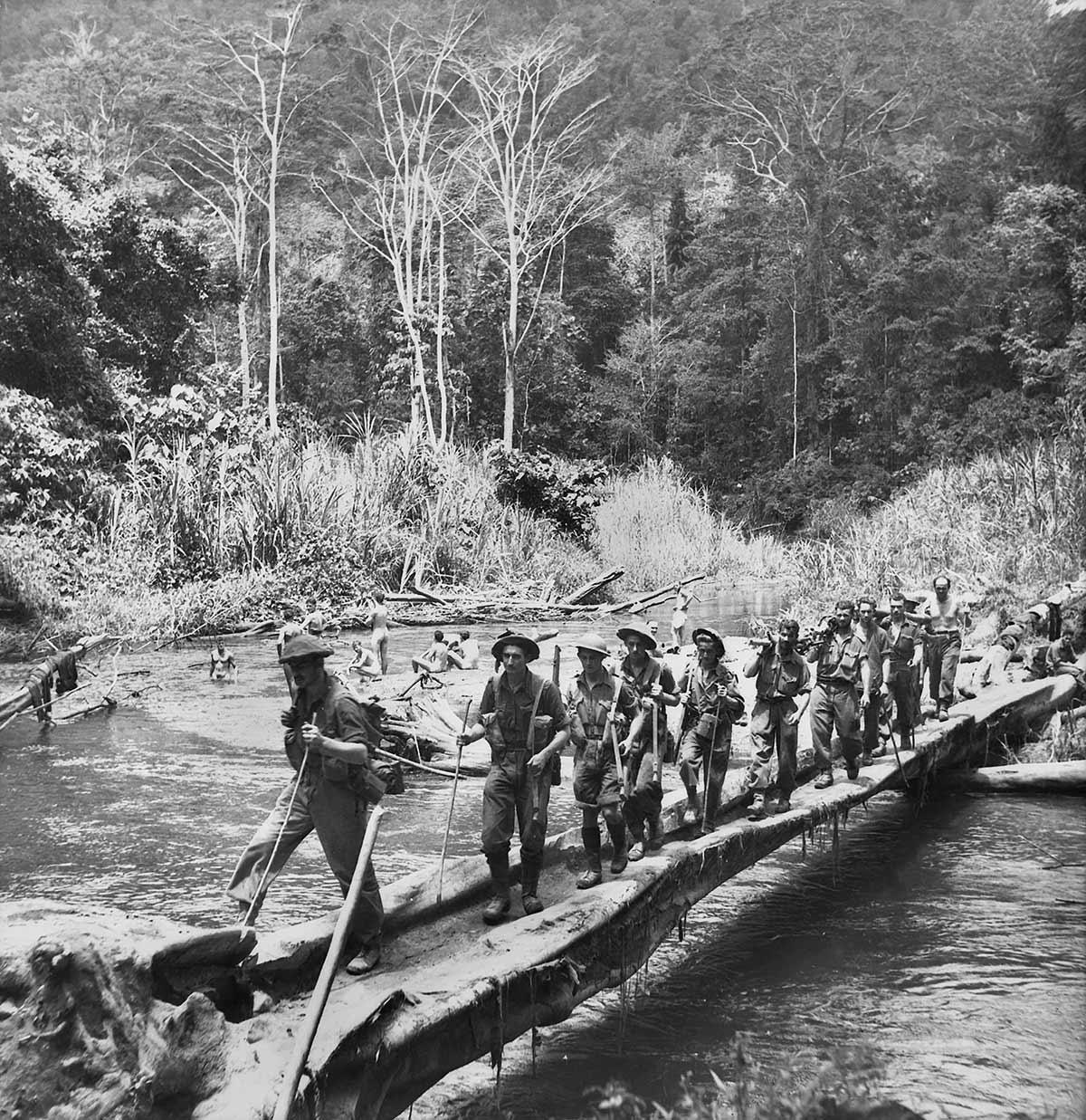Sworn to secrecy
1947: First peacetime signals intelligence organisation
Sworn to secrecy
1947: First peacetime signals intelligence organisation
In a snapshot
The end of the Second World War led to Australia’s first peacetime signals intelligence organisation: the Defence Signals Bureau, established in 1947. Today this organisation is called the Australian Signals Directorate. The Australian Signals Directorate collects intelligence about foreign adversaries and provides cyber security help and advice.
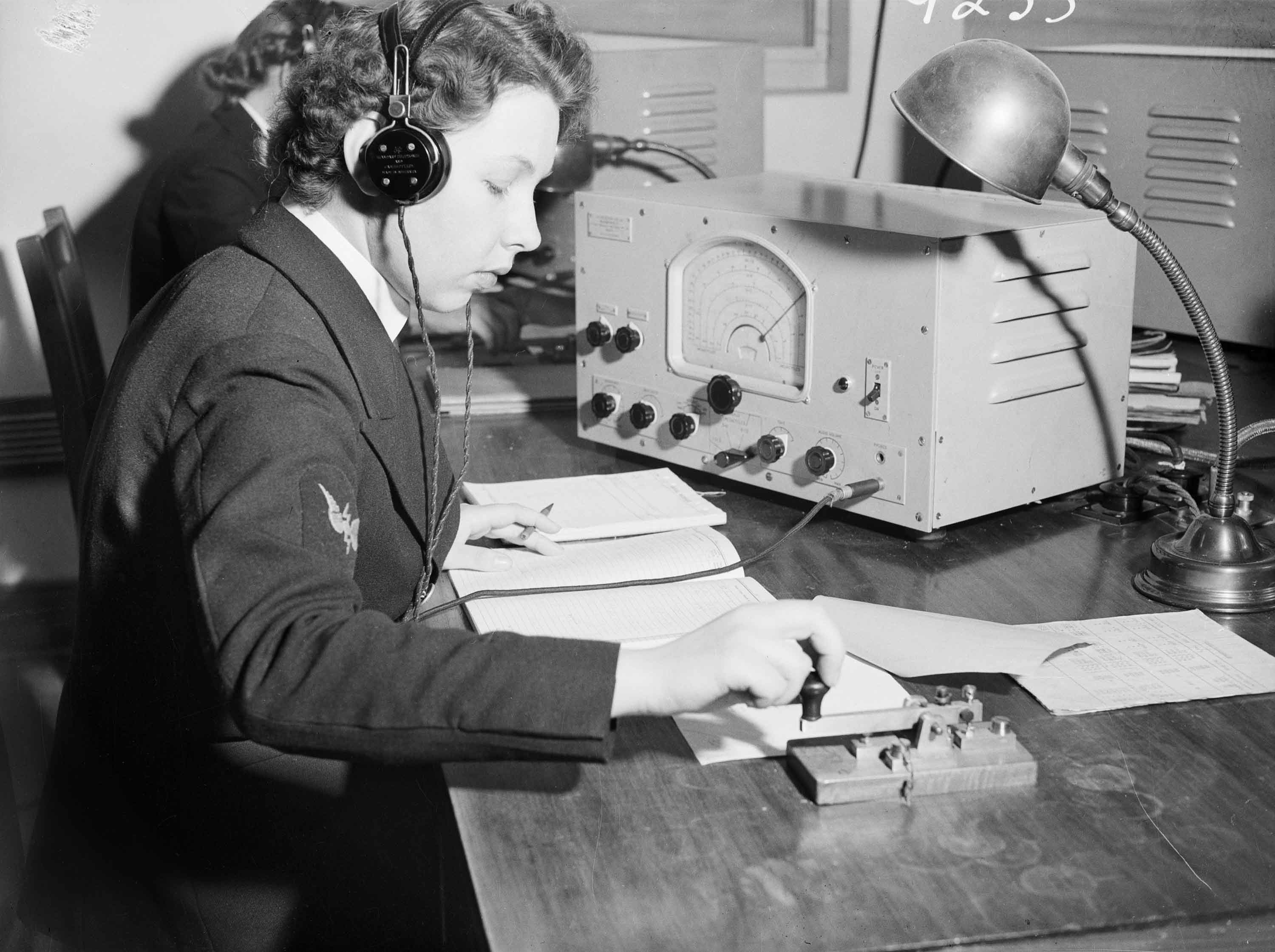
 Can you find out?
Can you find out?
1. Which two important intelligence organisations were formed during the Second World War?
2. Who were the ‘Garage Girls’ and what special skills did they have?
3. What does the Australian Signals Directorate do today?
What is signals intelligence?
Signals intelligence, or ‘SIGINT’, is the useful information gained from collecting, decrypting and analysing signals. Signals intelligence agencies collect and analyse information from the intercepted electronic communications of adversaries.
Decoded: 75 Years of the Australian Signals Directorate was on show at the National Museum of Australia from 1 April 2022 to 24 July 2022.
How were signals collected and analysed during the Second World War?
Before the Second World War the Australian army, Navy and Air Force collected and analysed signals independently of one another. In 1942 two organisations were formed that brought signals intelligence personnel together: the Central Bureau and the Fleet Radio Unit, Melbourne (FRUMEL).
FRUMEL was mainly made up of Royal Australian Navy and United States Navy personnel. It played an important role in the Allied victories in the Pacific, including the battle of Midway in June 1942. Many of those who worked at FRUMEL were women.
The Central Bureau, housed in a Brisbane suburban mansion, ‘Nyrambla’, was a top-secret unit where Australian, US, British, Canadian and New Zealand personnel decoded Japanese military communications. The garage at ‘Nyrambla’ contained 12 British Typex cipher machines. These machines were operated by women known as ‘Garage Girls’, who worked around the clock to decode encrypted messages.
Australian wartime code-breakers mastered Japanese so they could understand military goals and break the enemy’s codes and ciphers. These personnel would not have been able to tell anyone about the work they were doing, not even their own families.
Research task
Research the contribution women made to code-breaking during the Second World War.
‘My mother and father died not knowing what I’d done during the war. Even my late husband didn’t know and I’m a little bit sad about that, but that’s how it was. We were sworn to secrecy and I kept my word.’
When was a permanent signals intelligence organisation established?
Australia’s first peacetime signals intelligence organisation, the Defence Signals Bureau, was established in Melbourne on 1 April 1947. This enabled Australia to maintain the intelligence capability established during the Second World War.
The Defence Signals Bureau’s role was to collect and analyse foreign communications and support communications security in the armed services and government departments. Many staff who had worked at the Central Bureau and FRUMEL joined the new organisation.
The Defence Signals Bureau has been renamed four times. It became the Defence Signals Branch in 1949, the Defence Signals Division in 1964 and the Defence Signals Directorate in 1977. The agency was renamed the Australian Signals Directorate in 2013.
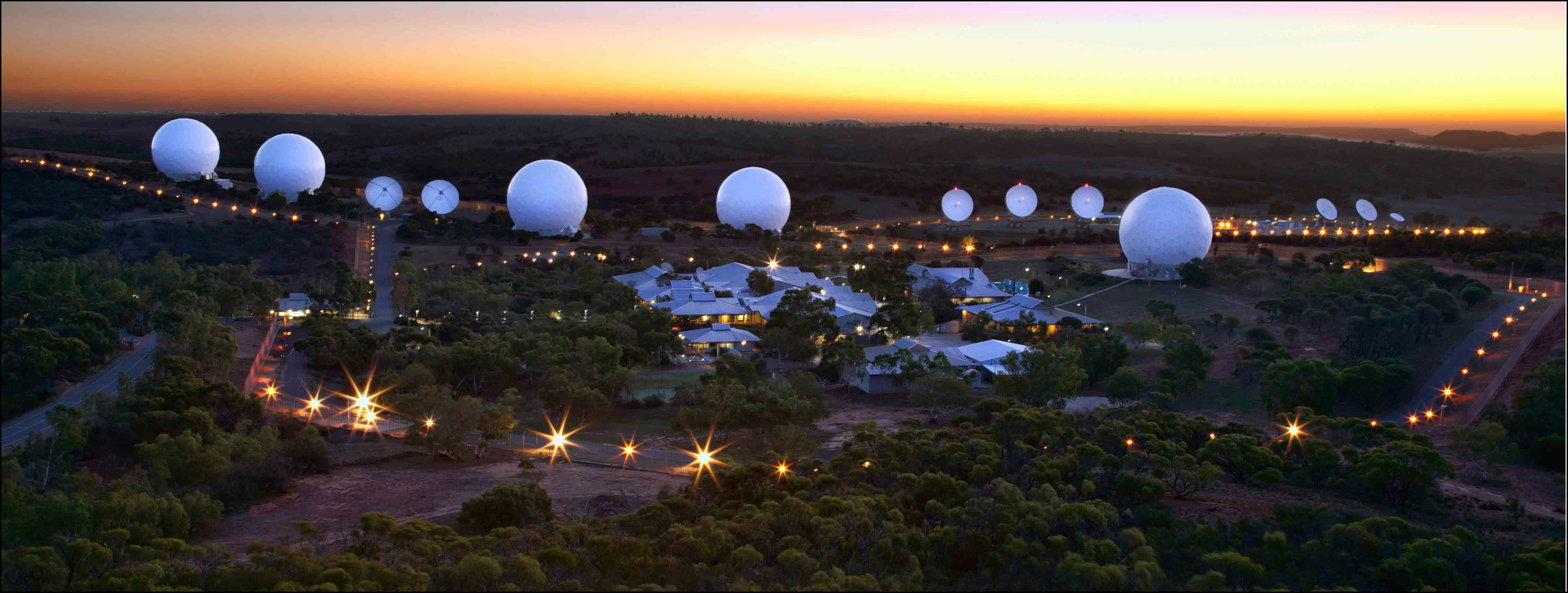
What does the Australian Signals Directorate do?
Australia’s signals intelligence organisation was formed to support military operations. Wherever Australian military forces have served, so have intelligence staff. This includes the Vietnam War, the First Gulf War, Afghanistan, Iraq and with international peacekeeping forces in East Timor (Timor-Leste).
The Australian Signals Directorate continues to support military operations and collect and analyse foreign communications. It also provides cyber security services.
The internet is important for business and communication. While it offers opportunities, it also brings potential for exposure to cyber criminal activity. The Australian Signals Directorate’s Australian Cyber Security Centre provides advice and assistance to Australian governments, businesses and individuals on combatting these threats.
‘For us to be successful in what we do, our adversaries have to believe that what we do is impossible, so we will always be operating in a space where we’re solving the very hardest problems.’
 What did you learn?
What did you learn?
1. Which two important intelligence organisations were formed during the Second World War?
2. Who were the ‘Garage Girls’ and what special skills did they have?
3. What does the Australian Signals Directorate do today?






